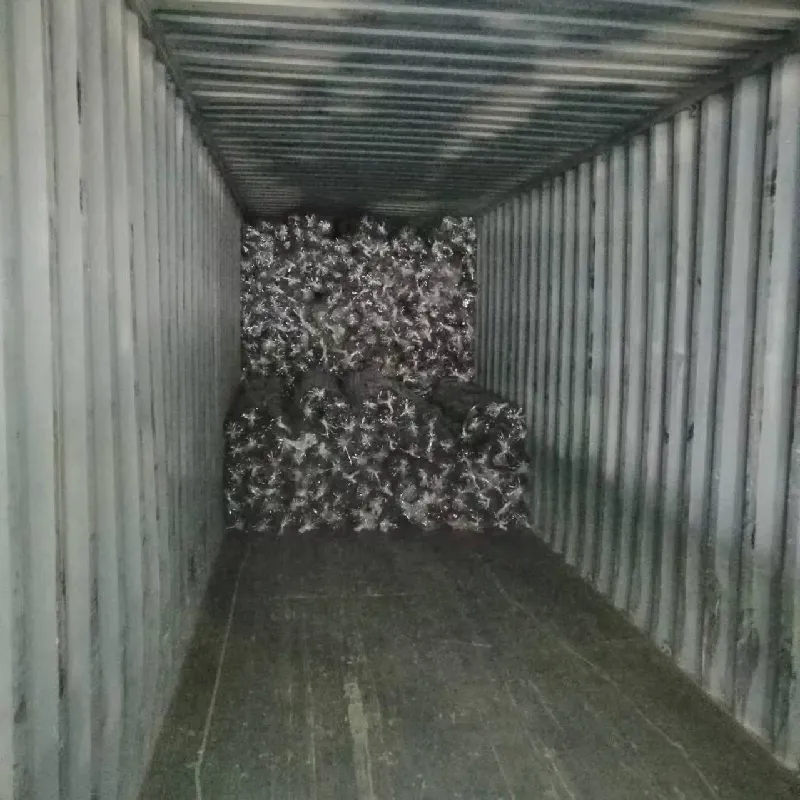-
 Afrikaans
Afrikaans -
 Albanian
Albanian -
 Amharic
Amharic -
 Arabic
Arabic -
 Armenian
Armenian -
 Azerbaijani
Azerbaijani -
 Basque
Basque -
 Belarusian
Belarusian -
 Bengali
Bengali -
 Bosnian
Bosnian -
 Bulgarian
Bulgarian -
 Catalan
Catalan -
 Cebuano
Cebuano -
 China
China -
 Corsican
Corsican -
 Croatian
Croatian -
 Czech
Czech -
 Danish
Danish -
 Dutch
Dutch -
 English
English -
 Esperanto
Esperanto -
 Estonian
Estonian -
 Finnish
Finnish -
 French
French -
 Frisian
Frisian -
 Galician
Galician -
 Georgian
Georgian -
 German
German -
 Greek
Greek -
 Gujarati
Gujarati -
 Haitian Creole
Haitian Creole -
 hausa
hausa -
 hawaiian
hawaiian -
 Hebrew
Hebrew -
 Hindi
Hindi -
 Miao
Miao -
 Hungarian
Hungarian -
 Icelandic
Icelandic -
 igbo
igbo -
 Indonesian
Indonesian -
 irish
irish -
 Italian
Italian -
 Japanese
Japanese -
 Javanese
Javanese -
 Kannada
Kannada -
 kazakh
kazakh -
 Khmer
Khmer -
 Rwandese
Rwandese -
 Korean
Korean -
 Kurdish
Kurdish -
 Kyrgyz
Kyrgyz -
 Lao
Lao -
 Latin
Latin -
 Latvian
Latvian -
 Lithuanian
Lithuanian -
 Luxembourgish
Luxembourgish -
 Macedonian
Macedonian -
 Malgashi
Malgashi -
 Malay
Malay -
 Malayalam
Malayalam -
 Maltese
Maltese -
 Maori
Maori -
 Marathi
Marathi -
 Mongolian
Mongolian -
 Myanmar
Myanmar -
 Nepali
Nepali -
 Norwegian
Norwegian -
 Norwegian
Norwegian -
 Occitan
Occitan -
 Pashto
Pashto -
 Persian
Persian -
 Polish
Polish -
 Portuguese
Portuguese -
 Punjabi
Punjabi -
 Romanian
Romanian -
 Russian
Russian -
 Samoan
Samoan -
 Scottish Gaelic
Scottish Gaelic -
 Serbian
Serbian -
 Sesotho
Sesotho -
 Shona
Shona -
 Sindhi
Sindhi -
 Sinhala
Sinhala -
 Slovak
Slovak -
 Slovenian
Slovenian -
 Somali
Somali -
 Spanish
Spanish -
 Sundanese
Sundanese -
 Swahili
Swahili -
 Swedish
Swedish -
 Tagalog
Tagalog -
 Tajik
Tajik -
 Tamil
Tamil -
 Tatar
Tatar -
 Telugu
Telugu -
 Thai
Thai -
 Turkish
Turkish -
 Turkmen
Turkmen -
 Ukrainian
Ukrainian -
 Urdu
Urdu -
 Uighur
Uighur -
 Uzbek
Uzbek -
 Vietnamese
Vietnamese -
 Welsh
Welsh -
 Bantu
Bantu -
 Yiddish
Yiddish -
 Yoruba
Yoruba -
 Zulu
Zulu
Durable Steel Mesh for Enhanced Strength and Versatility in Construction and Design
Exploring the Versatility of Steel Metal Mesh
In the world of engineering and construction, the versatility and durability of materials play a crucial role in determining the success of any project. Steel metal mesh, in particular, has emerged as a favored material due to its numerous properties that meet a range of industrial and architectural needs. This article delves into the characteristics, applications, and benefits of steel metal mesh, showcasing why it stands out as an essential component in modern construction and manufacturing.
Characteristics of Steel Metal Mesh
Steel metal mesh is constructed from interwoven strands of stainless or carbon steel, forming a robust and reliable framework. One of its standout features is its strength-to-weight ratio. Despite being lightweight, steel mesh can endure significant loads and stress without compromising structural integrity. This makes it ideal for applications where strength is paramount but space and weight constraints are a consideration.
Additionally, steel metal mesh is highly resistant to corrosion, especially when produced from stainless steel. This durability ensures that it can withstand harsh environmental conditions, making it suitable for both indoor and outdoor applications. The mesh can also be designed in various patterns and sizes, offering flexibility in design and functionality.
Applications of Steel Metal Mesh
The applications of steel metal mesh are diverse, spanning multiple industries. In construction, it serves as reinforcement for concrete slabs and walls, enhancing their load-bearing capacity. When incorporated into building designs, steel mesh provides a robust structure capable of withstanding the test of time.
In the realm of architecture, decorative steel mesh panels have gained popularity. They are often used in facades, screens, and partitions, providing aesthetic appeal alongside functional benefits. The intricate patterns available in steel mesh allow architects to create visually striking designs while maintaining transparency and light flow.
steel metal mesh

In industrial settings, steel metal mesh is invaluable. It is often utilized in manufacturing systems, where it can serve as filtration or separation media. For instance, in mining and mineral processing, steel mesh is employed to screen materials of different sizes. Its durability ensures longevity in demanding environments, where traditional materials might fail.
Benefits of Steel Metal Mesh
One of the primary benefits of utilizing steel metal mesh is its cost-effectiveness. The longevity and low maintenance requirements associated with steel mesh can lead to significant savings over time. When compared to other materials, steel mesh often proves to be a more economical choice for projects where both performance and budget are critical factors.
Another advantage is the ease of installation. Steel mesh panels can be cut to size and prefabricated to fit specific project requirements. This flexibility allows for faster installation processes, reducing labor costs and project timelines. Additionally, the lightweight nature of steel mesh simplifies transportation and handling on job sites.
Moreover, steel metal mesh contributes to sustainability. Its recyclability means that, at the end of its life cycle, it can be repurposed rather than ending up in landfills. This aligns with the increasing push towards sustainable construction practices, making steel mesh an environmentally friendly choice.
Conclusion
In conclusion, steel metal mesh represents a powerful testament to the innovation in materials used for construction and industrial applications. Its impressive strength, resistance to corrosion, and versatility make it an invaluable asset in construction projects and manufacturing processes. As industries continue to evolve, the demand for durable yet adaptable materials will only grow, solidifying steel metal mesh's place at the forefront of modern engineering solutions. Whether in architectural designs that inspire or robust structural components that endure, steel metal mesh proves to be invaluable, enhancing both functionality and beauty in the built environment.
-
Shipping Plastic Bags for Every NeedNewsJul.24,2025
-
Safety Netting: Your Shield in ConstructionNewsJul.24,2025
-
Plastic Mesh Netting for Everyday UseNewsJul.24,2025
-
Nylon Netting for Every UseNewsJul.24,2025
-
Mesh Breeder Box for Fish TanksNewsJul.24,2025
-
Expanded Steel Mesh Offers Durable VersatilityNewsJul.24,2025











